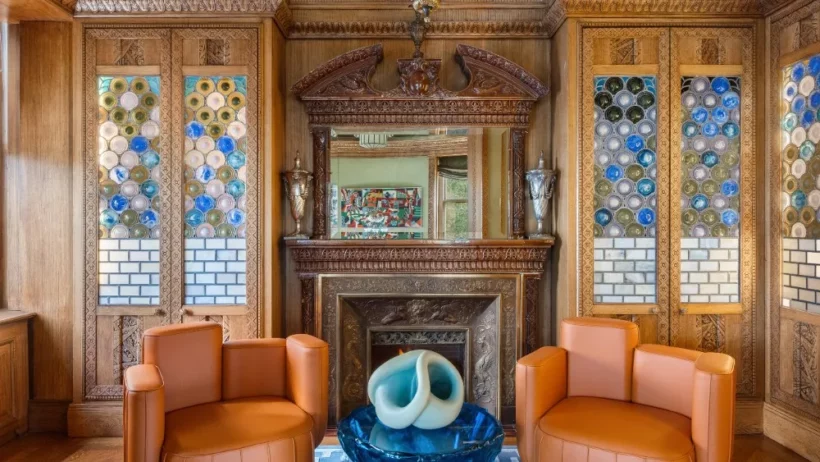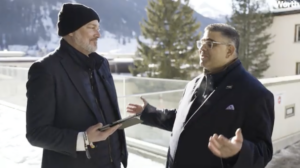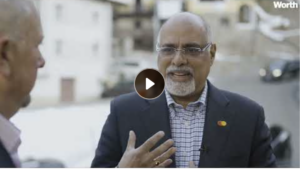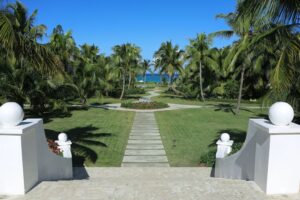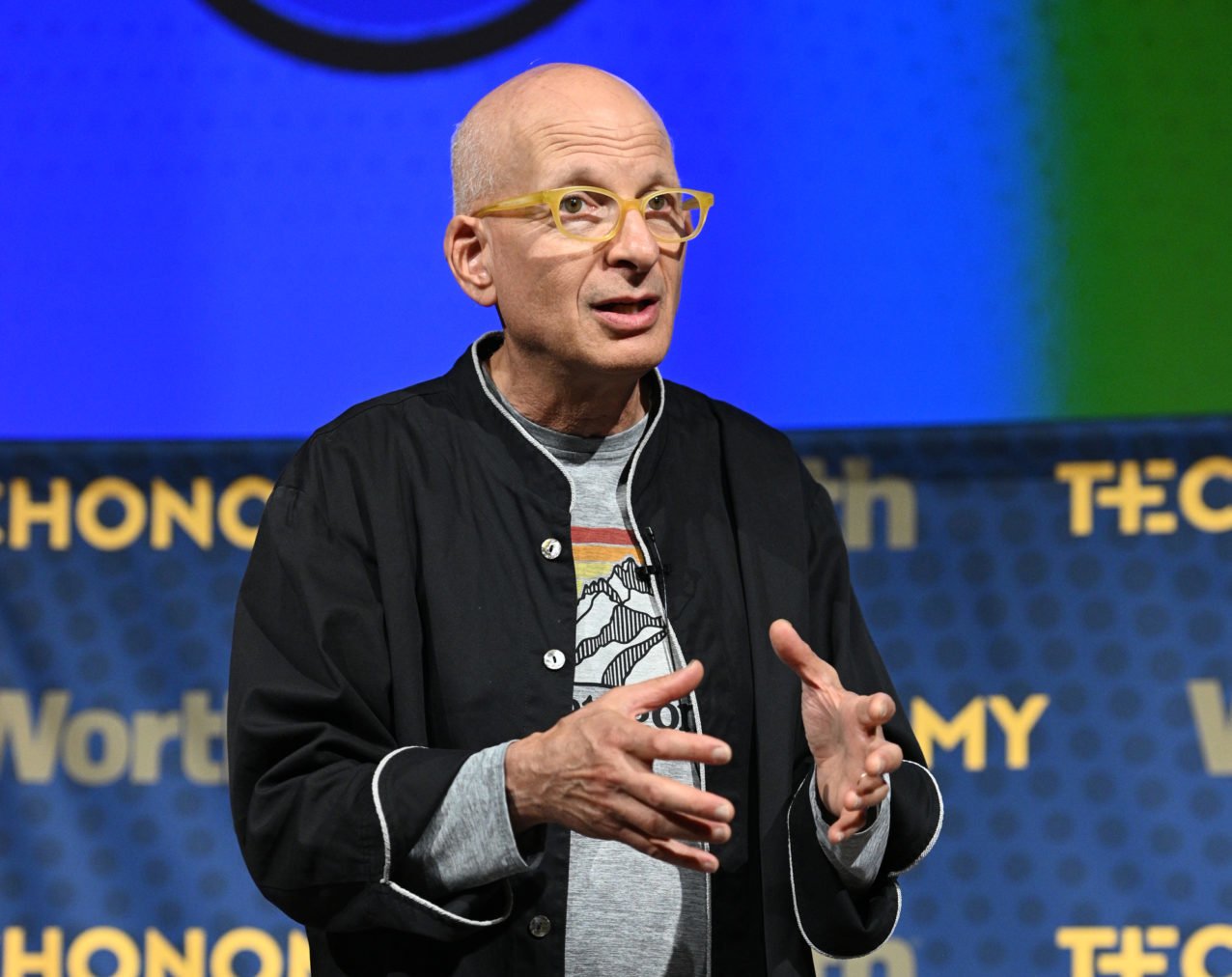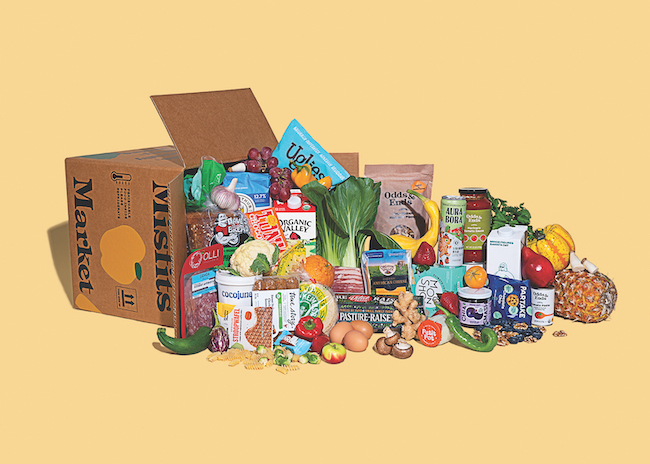Loy Carlos, Founder and President of the Office of Global Wealth at Nest Seekers International, is helping shape the future of luxury real estate by emphasizing sustainable investments and culturally significant developments. Nest Seekers, known for its hands-on approach and global reach, differs from other firms by embedding local experts in top markets worldwide, offering tailored insights and direct client engagement without the limitations of a franchise model. In this interview, Loy explores the shifting landscape of high-end real estate, from the growing importance of eco-friendly design to evolving buyer preferences focused on meaningful experiences over asset accumulation. As Editor-in-Chief of Classiques Modernes Magazine, Loy also brings a unique perspective on cross-industry trends that blend art, design, and real estate, emphasizing value that goes beyond wealth.
Loy, you’ve handled some of the most exclusive real estate portfolios. What unique trends are you seeing in luxury real estate across global markets, particularly emerging ones?
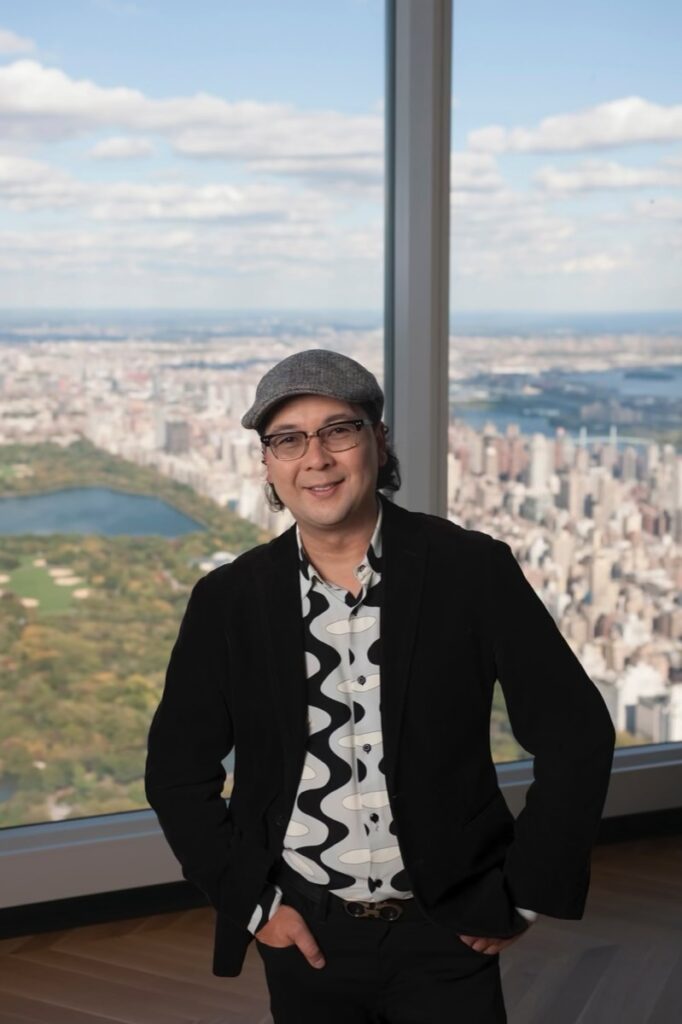
With the generational transfer of wealth rapidly increasing, I see changes in how trophy assets are perceived. Today’s consumer is not as attached to properties or products. They may covet them but remain detached. Whereas previous generations used to hold city and country estates, art, jewelry, car collections, and furniture–for years, if not generations–today’s buyer is more likely to move on from that asset after only brief ownership. Perhaps it’s because such luxuries are more accessible, and people are less emotionally invested. Today’s emphasis is more on the experience and the experience of ownership rather than on accumulating assets.

Emerging markets approach this change in behavior differently. In some regions, short-lived glitz overshadows history. Where rich culture and long history are reflected architecturally, the focus is on transforming and adapting to modern luxury lifestyle requirements, regardless of where in the world or what type of luxury property or product, experience drives value.
You’ve recently opened offices in the French Alps and Qatar (and St. Moritz!). What drove your decision to expand into these regions, and how do you see these markets evolving in the coming years?
Super luxury destinations such as the Alps have always been hubs of the financially wealthy, albeit mostly seasonally. Post-pandemic, there has been a global re-evaluation of the nature of work and employment, the importance of work/life balance, etc. It has also given us some semblance of global citizenship. Hence, places like the Alps are turning into more multi-season residences, with golf, hiking, and mountain biking in the summer augmenting winter sports and leisure activities.
With Qatar as a first step, our vision for the Middle East reflects a long-term initiative. Our development conversations revolve around building sustainable, architecturally, and culturally significant communities. The balance of financial wealth and limited natural resources presents an opportunity for innovation. I sense a genuine desire in the region to lead. I also believe that assisting the region’s development into compelling cultural destinations will contribute to global stability and multi-cultural understanding. I think of real estate as a bridge, like Anthony Bourdain did with food.

You’ve long been an advocate of eco-friendly properties and sustainable living. What innovations are you seeing in this space setting new standards for luxury, and how important is sustainability to your clients?
Sustainability is a top priority for both my clients and me. Innovations like net-zero energy homes, eco-friendly designs, and sustainable materials are becoming standard in luxury real estate. From Mexico to Europe to East Asia and the Middle East, we see more communities being built in the context of the environment, preserving ecology, culture, and history. It is incredible how we discover brilliant solutions to temperature, climate, and topography issues in examining historical architecture. Clients increasingly value properties that offer luxury and align with their commitment to eco-conscious living and long-term investment. I’m excited to see this shift toward a more responsible approach in the high-end market. It’s really investing for and in the future.
What are the biggest challenges facing the luxury real estate industry today, and how are you addressing these challenges with your team at Nest Seekers?
For developers, it’s innovation. It’s easier to duplicate success than to create it. For brokerages and agents, exceptional service will always be the biggest and most important challenge. Adapting to economic and geopolitical uncertainties, evolving regulatory landscapes, and addressing sustainability demands are just a few areas where service from an experienced, knowledgeable team with a global footprint makes the difference. At Nest Seekers International, we are not a franchise; we have actual local experts in the top global markets working directly with me, providing a depth of market insight that enables us to stay ahead of trends and ensure compliance with international standards. This approach allows us to maintain a personalized service that is essential in today’s dynamic luxury market.
You’re also the Editor-in-Chief of Classiques Modernes Magazine. How do you merge your insights from the world of luxury real estate with your editorial vision? Are there any cross-industry trends you’re particularly excited about right now?
The mission of Classiques Modernes is to assist exceptional emerging artists, small businesses, and not-for-profit organizations in elevating their exposure by putting them side by side and forging collaborations with well-established global brands and talent. Creative and impactful ideas and pioneers are not well-covered by the media until everyone already knows who they are. Social media has helped, but it is also inundated with both good and bad. As Editor, I am always searching for innovators, creators, and thought leaders who are changing the world as we know it. Developers are obtaining licensing from renowned lifestyle brands. Builders are exploring new collaborative opportunities in art, hospitality, design, culinary services, etc. to elevate the experience and be more competitive in the luxury market. That’s a good thing because today’s luxury could well become tomorrow’s necessity.
You’ve been involved in record-breaking sales and listings throughout your career. What’s the most memorable transaction you’ve facilitated, and what does it reveal about the mindset of today’s affluent buyers?
I can write a book on memorable transactions! However, of the recent ones, my favorite is achieving the highest price per square foot for a townhouse in New York City. It was sold to a purchaser from abroad via FaceTime. Because it was a unique house that was still being built and because the buyer was away from the City, it necessitated my exhaustive guidance in the complexity of the construction and legal process. It also required my thorough knowledge of the townhouse luxury market. We went block by block, what sold, when, for how much, and under what exceptional circumstances, if any. Negotiations were at times intense, too.
Today’s affluent buyers don’t expect you to be an expert on just one thing, they expect mastery of everything.
What does “worth beyond wealth” mean to you, and how do you believe the wealthy are redefining value in their lives today?
Wealth is an all-encompassing word. I define it as accumulation resulting in abundance. While we generally refer to financial status, there are other forms of wealth: wealth of wisdom, of experience, of information, etc.. My office, as a facilitator in all types of wealth, also fully appreciates that financial wealth is key to progress and in effecting change. Worth is not gauged by amassing assets but in making meaningful investments that enrich lives, create legacies, and have a positive impact. Ultimately, regardless of economic status, a person’s worth will ultimately be measured not on what we had, but in what we did with it. That’s what matters.


